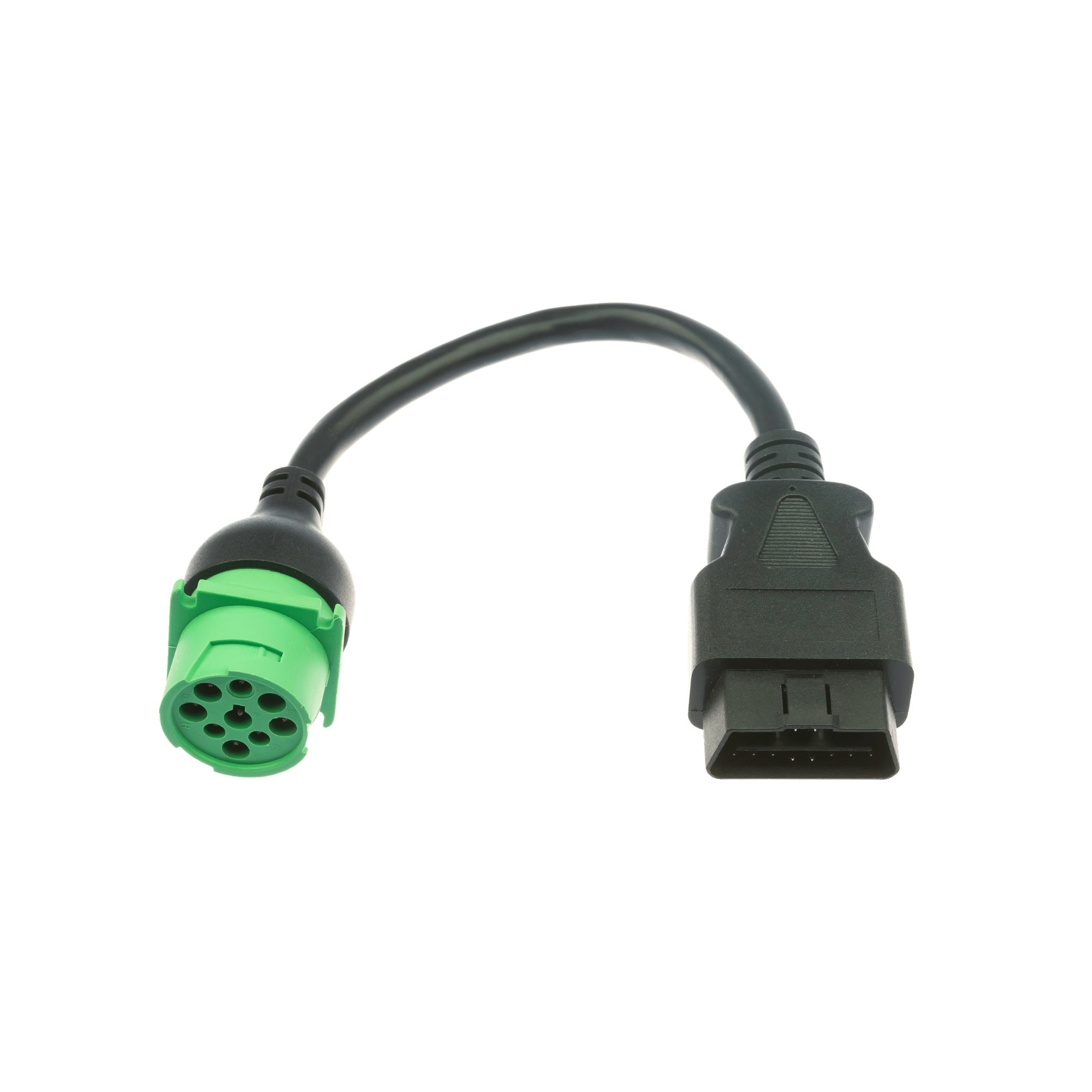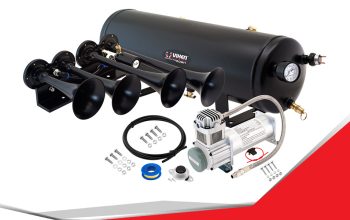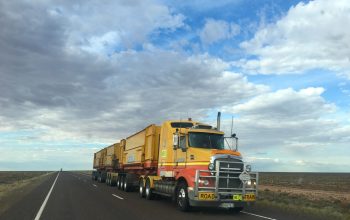Prior to ELD approval, many fleets used automated vehicle recording devices or OBRDs. These OBRDs are hardware devices that can be directly connected to the vehicle engine, and are used to record the driver’s service time, meeting DOT requirements. According to the new FMCSA guidelines, fleets using OBRD must update to a certified ELD by December 2019.
The reason why the OBD is required to be updated to ELD is that the driver has little intervention when editing data, which is more explicit and realistic. The differences between AOBRD and ELD are as follows:
scene
record
-
Date and time
-
Distance traveled
-
Engine running status and time
-
place
-
Other data, such as task status, logging status, failure, etc
place
-
Change of working status
-
Automatic logging location
-
Friction time in driving
-
Site movement and personal authorization records
accuracy
-
Work – 1 mile
-
Personal transport – 10 miles
Edit Record
-
User Credential
-
Edit Time
-
Records cannot be changed, but can be edited using comments.
-
The DOT inspector can view the editing history.
-
Cannot edit driving time
AOBRD
record
-
Engine working time
-
Time and date
-
place
-
Responsibility status
-
During driving
-
Distance traveled
place
-
Change Task Status
-
The position can be entered manually
accuracy
- Unknown
Edit Record
-
Driving time can be edited
-
Edit History is not available.
1 Parking lot movement: operation in customer parking lot, recipient facilities, railway ramp, marine wharf or other similar facilities or places.
2 Personal permission: the off-duty time selected by the driver allowed by the company.
Modern ELD provides a wide range of data, including emergency braking, driver overspeed, fuel use, vehicle inspection report, IFTA automation, etc. The analysis reports and data generated by the ELD compatible platform reduce paperwork, enable vehicle administrators to update the location of drivers and vehicles in real time, plan better routes, and improve the overall operational efficiency.
In consideration of the changes in ELD instructions, Matrack Incorporation introduced the epoch-making technology MA 3000. The FMSC approved electronic measuring equipment adopts Bluetooth technology to realize uninterrupted connection. The main features of this solution include:
Change voice activation status
Notice of violation
Low fuel alarm
HOS Log
Real time and idle time tracking
accident report
Maintenance inspection warning
If the team currently uses AOBRD, it is time to update the ELD. It takes time to train staff for a successful transition and ensure that all devices and applications are fully operational. The requirement for updating OBD to ELD is that the driver has less intervention when editing data, so the latter is more accurate and realistic. In addition, the earlier ELD is adopted, the more likely it is to transfer violations or other regulatory issues.







